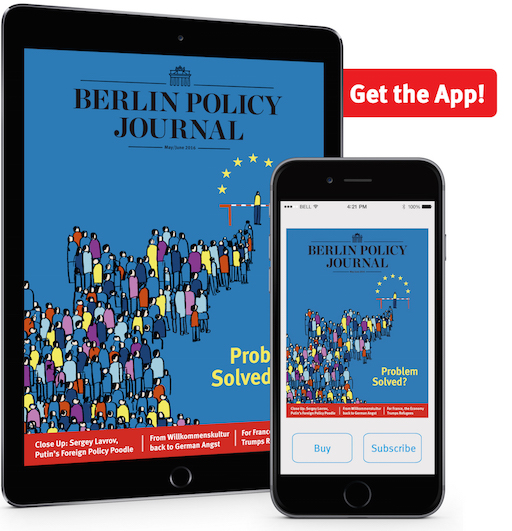He may be Russia’s second most prominent face in the world. But the Kremlin’s omnipresent envoy, a veteran of the Soviet school of diplomacy, serves largely as the figurehead for a foreign policy beyond his control.
When Sergey Lavrov was appointed Russia’s foreign minister in March 2004, the Kremlin had just suffered a debacle in Georgia, where a popular rebellion swept a pro-Western government into power in what later became known as the Rose Revolution, the first of the “colored revolutions” against kleptocratic regimes in the post-Soviet space.
In November 2003, as anti-government protests in Tbilisi reached their peak, President Vladimir Putin had dispatched Lavrov’s predecessor, Igor Ivanov, to negotiate a settlement amenable to the Kremlin. Ivanov persuaded Georgian President Eduard Shevardnadze to step down. But when a young, pro-Western reformer named Mikheil Saakashvili won the presidential election, relations with Russia soured almost immediately. …
Read more in the Berlin Policy Journal App – May/June 2016 issue.








